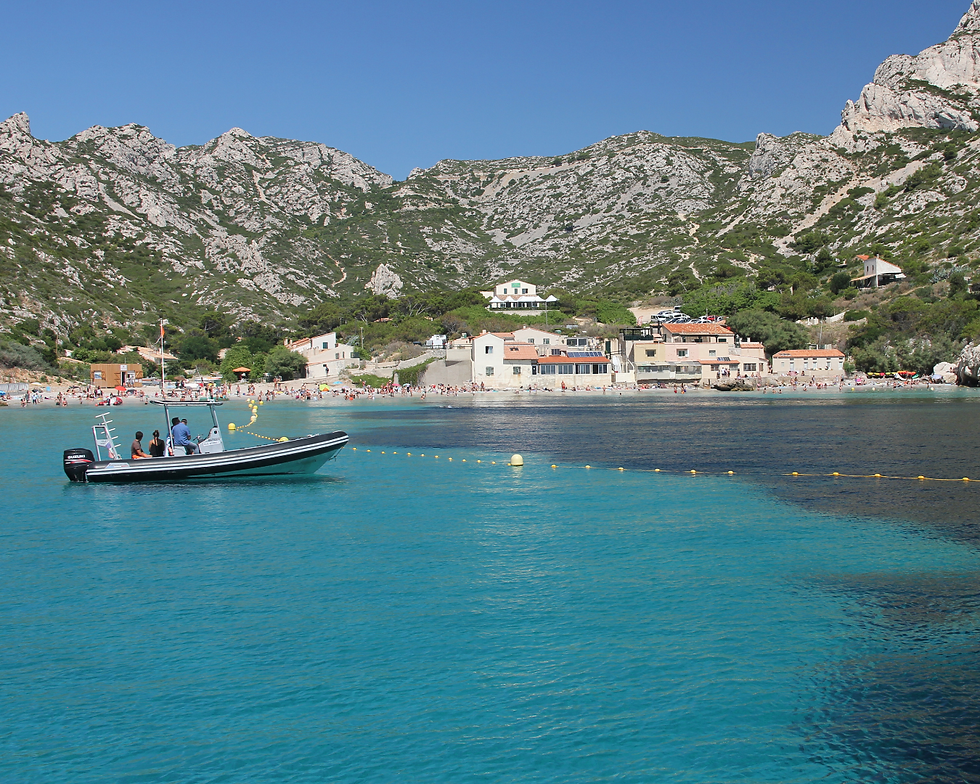Mastering the Limited Palette in Landscape Painting (Weekly Challenge #159)
- Natalia C.

- Feb 21
- 3 min read
Updated: May 3
Thanks to Peggy @peg_bee_art, this week’s Landscape Art Club Challenge takes us to Samburu National Reserve, Kenya, where the warm savanna tones and striking silhouettes provide the perfect setting to explore color simplification and strategic mixing by using a limited color palette.
Applying the Limited Palette to Samburu’s Landscape
The golden grasses, deep blue shadows, and warm earth tones of Samburu create an excellent challenge for this technique. Here’s how you can approach it:
Identify the Dominant Temperature – Samburu’s landscape is mostly warm (reds, ochres, oranges), so balance it with cool blues and violets in the shadows.
Simplify Your Color Groups – Instead of matching every shade exactly, group colors into warm lights, cool shadows, and mid-tones.
Create Depth with Temperature Shifts – Instead of adding more colors, use the same pigments diluted or mixed with their complements to create variety.
Focus on Contrast & Value Over Exact Color – A good painting works in black and white before color even comes into play!
Analyzing the Reference Photos
Each reference photo for this week’s challenge presents unique opportunities and challenges when using a limited palette. Below is my breakdown.
Photo 1: Elephants on a Dusty Path
The rich, earthy tones of the ground contrast beautifully with the deep greens of distant vegetation, while the elephants serve as the natural focal point.

Challenge as a Photo: The intricate balance of light and shadow may be difficult to capture while maintaining depth and contrast.
Focus Questions:
How can you simplify the variety of browns and greens to create harmony?
How can you emphasize the play of warm light on the elephants without losing depth?
Tips:
Use a warm base (Ochre/Burnt Sienna) and introduce cooler blue-purple shadows for depth.
Avoid too many details — focus on strong silhouettes and atmospheric perspective.
Photo 2: Open Savannah with Distant Trees
The golden expanse of dry grassland is punctuated by sparse trees, leading the eye toward the distant hills.

Challenge as a Photo: Capturing the vastness of the scene while maintaining variation in color and texture can be tricky.
Focus Questions:
How can you create depth using a limited palette?
How can you suggest distance without over-relying on detail?
Tips:
Use a gradual value shift — warmer tones in the foreground, cooler muted tones for the background.
Experiment with soft blending vs. sharper edges to separate planes of depth.
Photo 3: Mountainous Background, Grassy Foreground
The foreground grasses contrast with the subtle blue-purple haze of the distant mountains, creating natural depth.

Challenge as a Photo: The subtle color shifts in distant mountains can be hard to convey without making them appear too flat or too vibrant.
Focus Questions:
How can you create depth without relying on extra colors?
How can you make the mountain recede into the background?
Tips:
Use muted cool tones (Ultramarine + Burnt Sienna) for distant mountains.
Keep edges soft and blend into the sky to push the mountains back.
Photo 4: Sunset Silhouette with Trees
The warm hues of the sunset contrast with the deep, cool silhouettes of trees and vegetation, making for a dramatic composition.

Challenge as a Photo: Achieving the glow of the sunset while maintaining rich darks in the foreground can be a challenge.
Focus Questions:
How can you capture the richness of warm colors without over-saturating?
How can you make the dark silhouettes dynamic instead of flat?
Tips:
Use glazing techniques or soft transitions for the sky gradient.
Mix deep warm-dark tones (Burnt Umber + Ultramarine) for natural-looking silhouettes.
This week, take on the challenge of painting Samburu’s landscapes using just a limited palette. See how much depth, atmosphere, and emotion you can create without relying on too many pigments.
Need inspiration? Join the discussion & download high-resolution images here!
Happy painting!



Comments